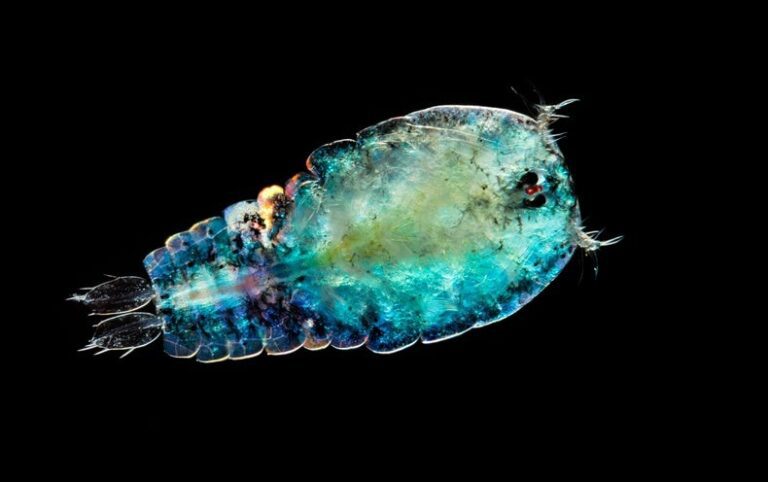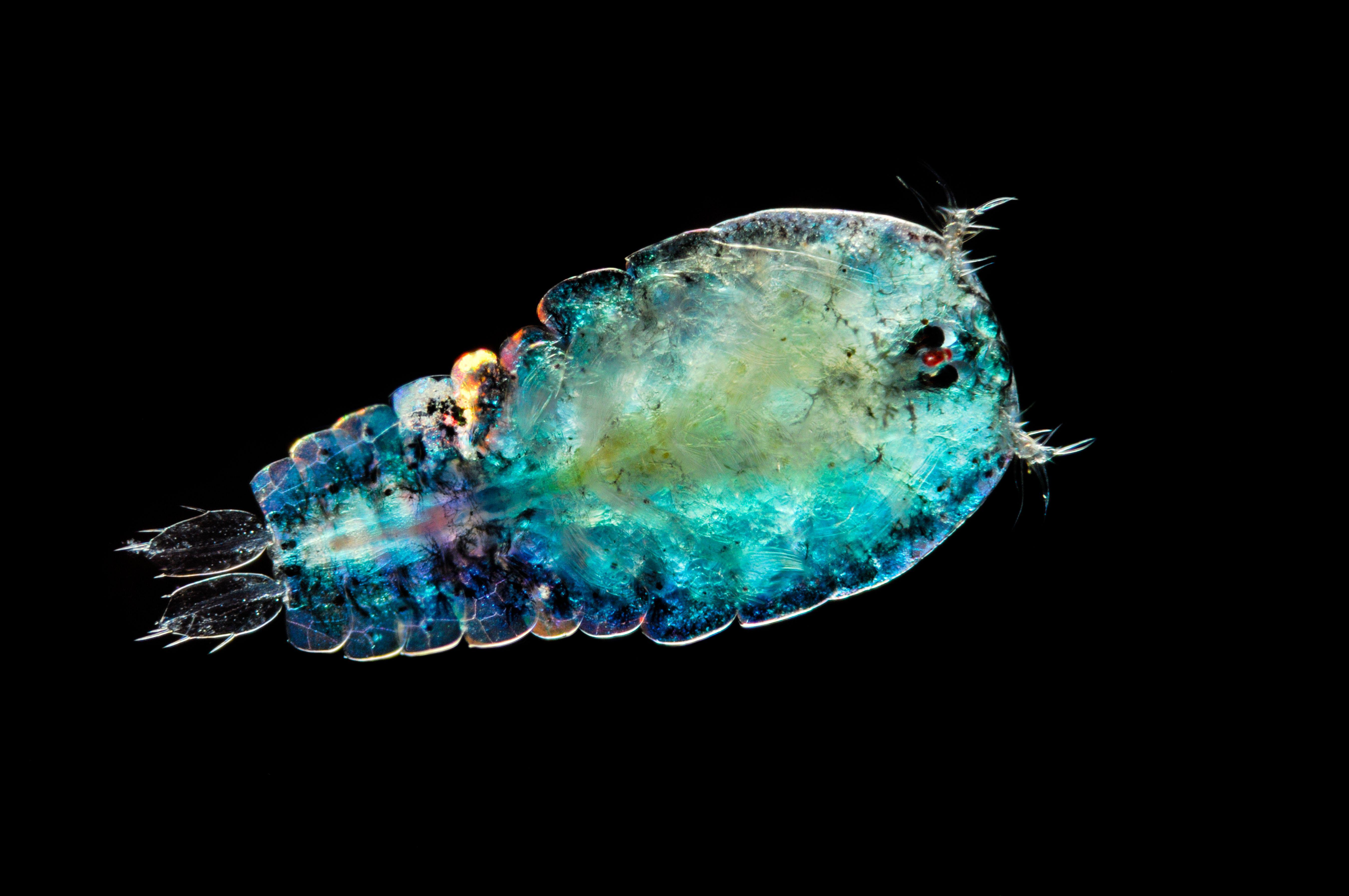
[ad_1]

After nearly two weeks of recent United Nations negotiations in New York City, countries from around the world failed to finalize an ambitious treaty that would create enormous marine protected areas and enforce stricter rules for industry on the high seas—the two thirds of the ocean beyond any country’s exclusive ocean territory. The deal faltered in the final hours, mainly over an issue that has long dogged international ocean talks: how to share profits from commercializing the high seas’ genetic resources.
Ocean organisms, both plants and animals, form the basis of numerous successful drugs, including remdesivir, the first treatment approved for COVID, and Halaven, a blockbuster anticancer drug derived from a Japanese sea sponge that has annual sales of more than $300 million. Genetic material from high seas organisms and the digital data from sequencing their genomes could be used to develop new products potentially worth billions of dollars. But who owns these resources, which theoretically belong to the entire world, and who gets to profit from their use? The details of where U.N. negotiators got stuck on those questions provide great insight into whether there is any hope of protecting and managing the high seas.
Under the U.N. Convention on the Law of the Sea (UNCLOS), nations have the right to extract and profit from fisheries in international waters. But they must share the profits from minerals taken from the international seabed—which UNLOS designates as the “common heritage” of all people. There is, however, no binding agreement on sharing marine genetic resources discovered either in international waters or the seabed. Negotiators from 168 nations at the U.N. talks sought to resolve that dilemma in a proposed high seas treaty. That effort has been seen as a big contributor to a global initiative to protect 30 percent of the Earth’s oceans by 2030, called “30 by 30.” Many scientists say this target is necessary to maintain a healthy ocean, stem the loss of marine biodiversity and prevent a further collapse of fisheries worldwide. “A lot of countries have committed to 30 by 30, but without a high seas treaty, the math doesn’t work,” says Lance Morgan, president of the nonprofit Marine Conservation Institute.
Since the 1950s researchers have discovered almost 34,000 marine compounds with commercial potential for a wide variety of uses. An antifreeze protein from a cold-water fish has improved the texture of ice cream, and an enzyme extracted from a microbe along the Mid-Atlantic Ridge is being used to develop a biofuel. So far companies have successfully developed more than a dozen drugs from marine organisms found within national waters. These include remdesivir and Halaven, as noted, as well as azidothymidine (AZT), the first approved treatment for HIV, and Yondelis, a drug used to treat ovarian cancer. Scientists in countries with advanced research programs are now looking to the unexplored genomes of high-seas organisms for new leads for the marine biotechnology industry, which is projected to be worth $6.4 billion by 2025.
Negotiators looked for some guidance for a high seas agreement from the Nagoya Protocol, which is part of the U.N. Convention on Biological Diversity. The protocol regulates the use of genetic resources found on land and in coastal waters. It allows the commercialization of biodiversity by nations or companies while mandating that these resources’ rightful owners—such as Indigenous peoples—be compensated. The Nagoya Protocol has so far resulted in one successful deal, reached in 2019, for South Africa’s rooibos tea industry to pay an annual levy of 1.5 percent of the price of the raw product into a trust for local Khoi and San communities. In July the rooibos industry paid the fund approximately $715,000.
No such law exists for the high seas. Agreeing on one has been tricky, partly because marine genetic resources in international waters are, arguably, owned by no one—or everyone. Historically, U.N. members such as the U.K., the European Union, the U.S. and Japan, which have the technology, money and ability to scour the deep sea for new products, have argued for the right to patent and solely profit from marine genetic resources.
Developing nations, including a group of African countries, have argued that profits, data and other benefits derived from marine genetic resources should be shared among all nations. “This is a whole new enterprise, a grand venture that developing countries have often felt left out of,” says Kristina Gjerde, a senior high-seas policy adviser for the nonprofit International Union for Conservation of Nature (IUCN). Part of this is that they want to be respected, and part is that they want to participate in the research and also in the profits.”
Prospects for securing the high seas treaty seemed to improve during the second week of negotiations, when developed countries agreed in principle—for the first time in 20 years of talks—to share monetary benefits from the commercialization of marine genetic resources. This was “a big conciliation,” says Marcel Jaspars, a marine biotechnologist at the University of Aberdeen in Scotland and an independent adviser to the negotiations.
But negotiators ended up rejecting several proposed money-sharing systems. One proposal was a royalty-based program whereby a percentage of the sales value derived from marine genetic resources would be paid by companies into a fund. Among other things, the money would be used to train scientists, transfer technologies and achieve conservation goals such as establishing marine protected areas. Developed nations saw this as too financially punitive and burdensome because it required a “track and trace” system to monitor how their relevant industries (such as chemicals, pharmaceuticals and cosmetics) access and profit from ocean genomes. One criticism of the Nagoya Protocol is that it is too heavy-handed: by requiring scientists to obtain permits to access and collect biological samples, it has hampered foreign scientists from doing basic research in certain nations such as Colombia and Sri Lanka. Negotiators are now wary of implementing a similar law for the high seas.
Another proposed option would require all U.N. member nations to make up-front payments into a fund. Governments would contribute at a level appropriate to the scale of their respective countries’ marine biotechnology industry. But developing nations saw initial figures proposed in New York as grossly insufficient, according to Henry Novion, an independent consultant who was part of the Brazilian delegation. According to Jaspars, a pot of roughly $100 million annually, accrued from national contributions, would be a reasonable offering. A recent IUCN briefing proposed a one-off fund of $500 million to kick-start high-seas ocean conservation, bolstered by future revenue streams such as royalties or user fees for data.
Complicating matters is the fact that genetic resources include not just physical specimens but gene sequence data uploaded to repositories such as GenBank. These data can then be downloaded and synthesized into compounds in a lab that can be used to develop a new product. Increasingly, this digital sequence information, or DSI, is all a company needs to create and mass-produce a product. For example, kahalalide F—a compound that was isolated from a sea slug and that is being tested against cancers and psoriasis—is created synthetically from DSI. When the Spanish company PharmaMar licensed it to Medimetriks, the U.S. firm testing it for psoriasis, all Medimetriks needed was the sequence data (basically, computer code). “Over time, the focus has moved from collecting a zebra fish or a starfish to collecting a tiny little sample of that thing to collecting just the genetic sequence data. At this point, you may not even need the zebra fish,” says Robert Blasiak, an ocean governance researcher at the Stockholm Resilience Center.
Developing products from DSI has huge advantages: the approach requires no harvesting of ocean animals, plants or microorganisms, and its commercial potential is virtually limitless because a gene sequence can be sold online multiple times. “DSI is now the most valuable source for commercialization of marine genetic resources,” Gjerde says.
DSI is currently unregulated, even within the Nagoya Protocol, which only addresses physical samples. U.N. member states are wary of including DSI in any monetary sharing plan for the high seas because it is virtually impossible to trace the origin of such information once it has been synthesized into a compound that is incorporated into a product. Tracking gets especially complex when a product is designed using genes from different organisms.
For example, researchers at the German chemical conglomerate BASF have decoded the genetic sequence responsible for producing omega-3 fatty acids in a marine microbe, and they have spliced the sequence into a rapeseed plant to make it produce omega-3-enriched canola oil for human consumption.
Although the Nagoya Protocol doesn’t include DSI, four nations—Brazil, India, Malawi and South Africa—do officially regulate it. The Brazilian system focuses on companies’ compliance, rewarding them for reporting the use of genetic resources with an ethical biotrading certification. In exchange, companies pay 1 percent of their revenue into a fund.
In theory, a similar system could work for the high seas, perhaps administered by nations as a tax on marine products. “In the Brazilian system,” Novion says, “it doesn’t matter whether you got a sample from Kew Gardens [a botanical garden in England] or you downloaded it from a server. It’s the same.”
[ad_2]